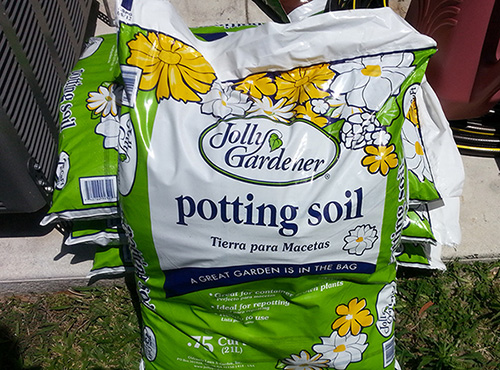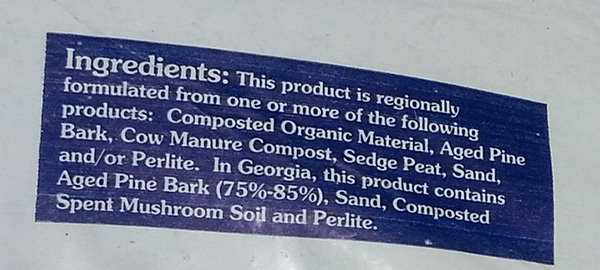I'm at a loss.
At first there were a good amount of leaves but there was browning edges and yellowing and everything pointed to over watering. So I cut back on the watering and it almost seems like they are doing worse.
I'll post what they look like now and then a couple "before" pictures below.
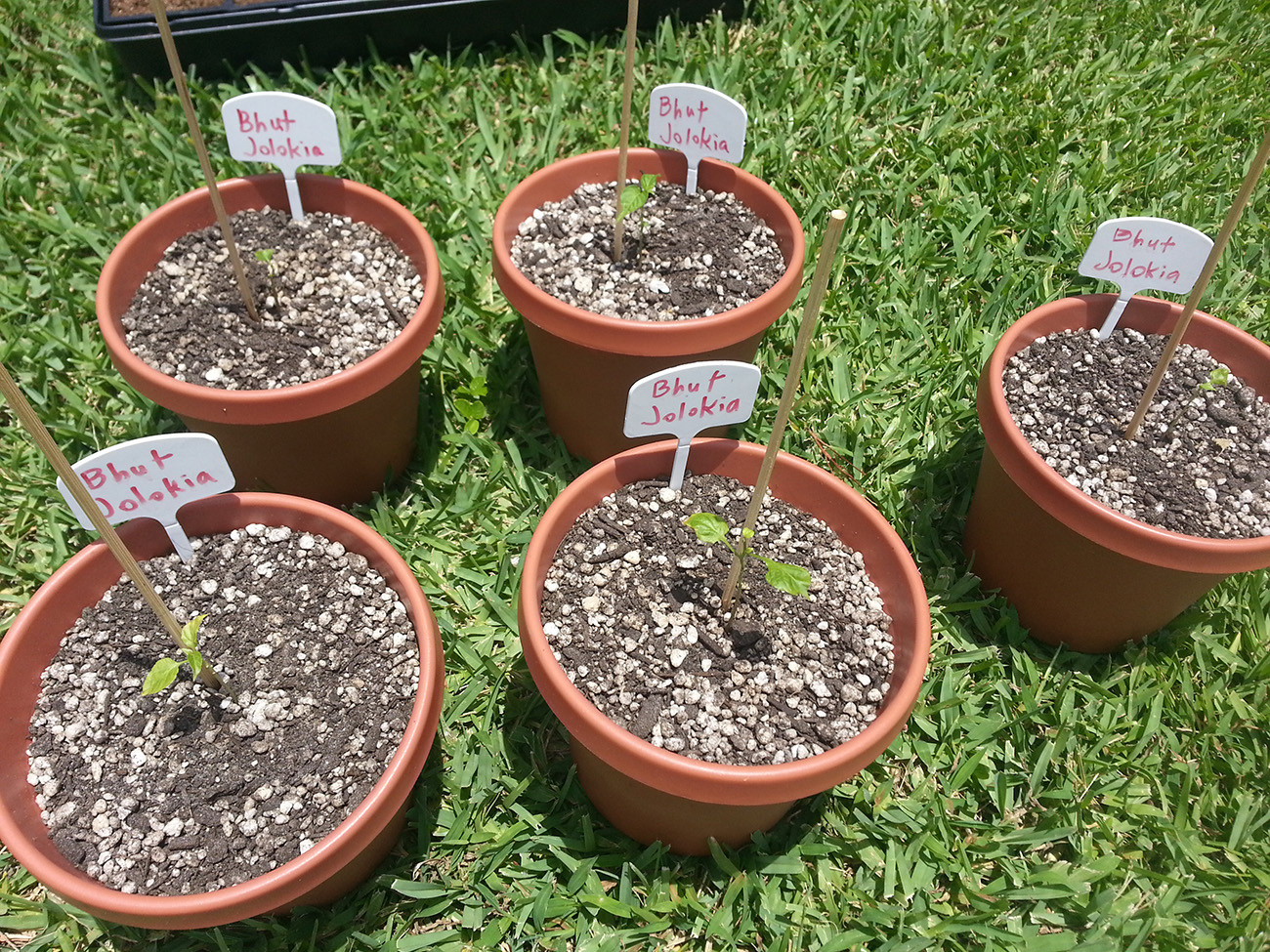
Leaves have been falling off. Two of the plants only have 1 leaf now. But it is confusing because I can definitely see new tiny leaves coming in where the old ones fell. Here are a couple pics from before:
During transplant:
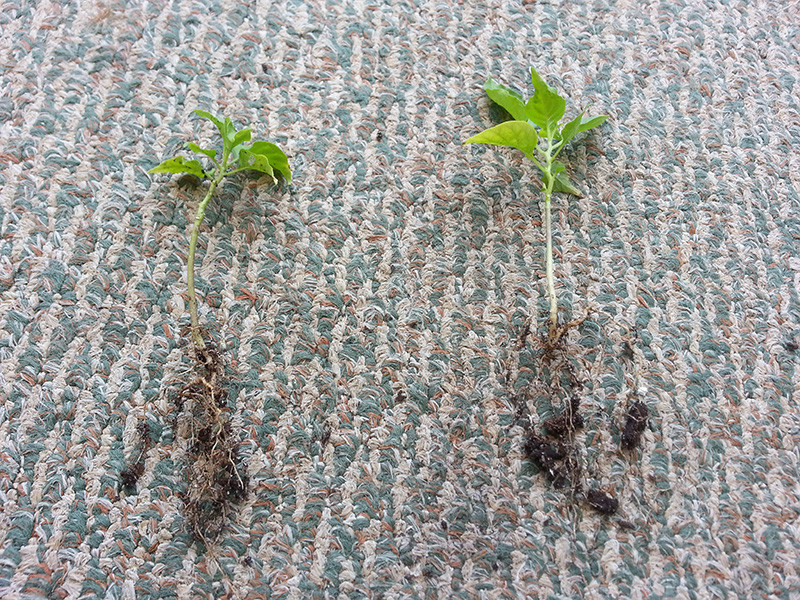
Transplant complete:
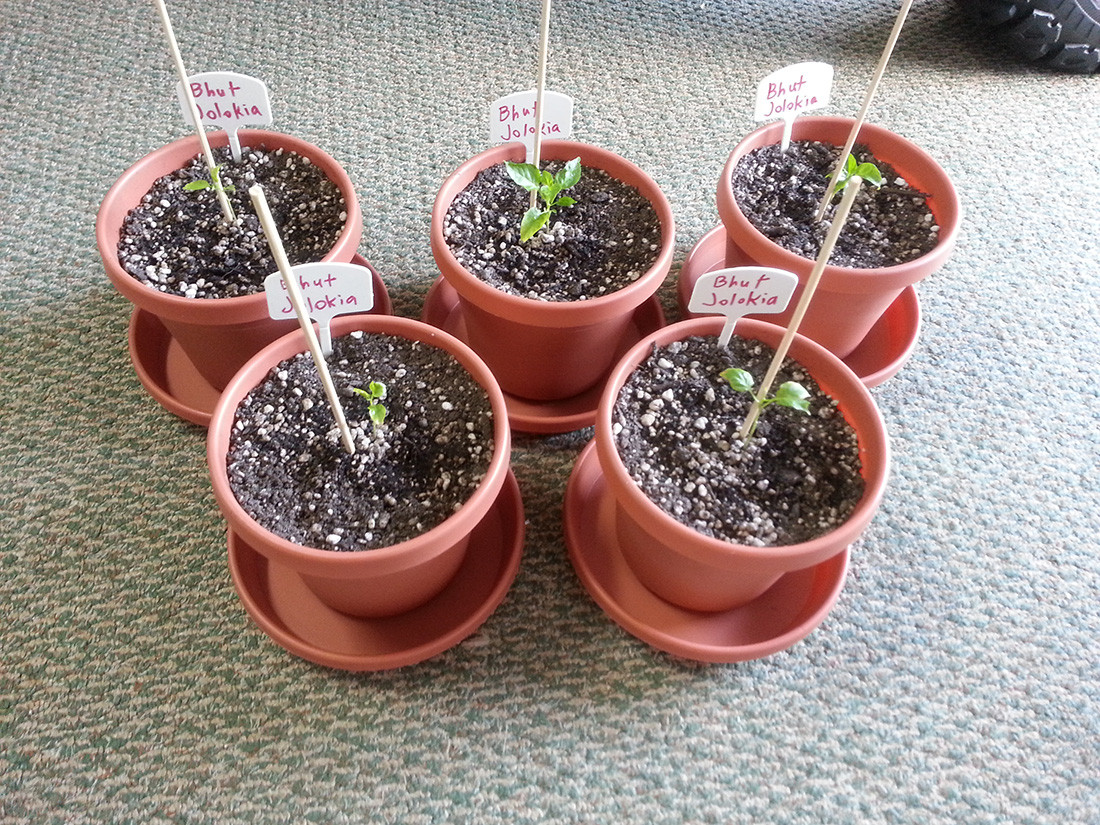
I feel like I have tried almost everything. Providing water, depriving them of water, additional sunlight, and less sunlight. The soil right now is almost bone dry but they aren't drooping at all so I feel they don't need water. The only time I have ever seem them start to wilt or droop was during transplant, but they propped right back up after they got potted and watered.
Only thing I haven't tried is fertilizer.
Any opinions should be helpful lol.
At first there were a good amount of leaves but there was browning edges and yellowing and everything pointed to over watering. So I cut back on the watering and it almost seems like they are doing worse.
I'll post what they look like now and then a couple "before" pictures below.

Leaves have been falling off. Two of the plants only have 1 leaf now. But it is confusing because I can definitely see new tiny leaves coming in where the old ones fell. Here are a couple pics from before:
During transplant:

Transplant complete:

I feel like I have tried almost everything. Providing water, depriving them of water, additional sunlight, and less sunlight. The soil right now is almost bone dry but they aren't drooping at all so I feel they don't need water. The only time I have ever seem them start to wilt or droop was during transplant, but they propped right back up after they got potted and watered.
Only thing I haven't tried is fertilizer.
Any opinions should be helpful lol.

